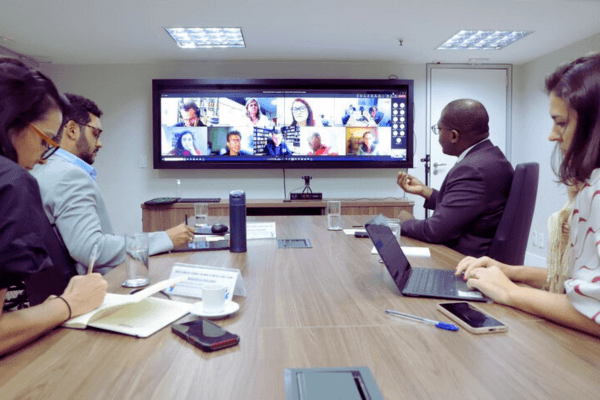Constructive Online Conflict Mediation: A Step-by-Step Guide
With the rise of remote work and digital interactions, conflict mediation has become more nuanced and complex. In virtual environments—where informal conversations no longer happen by the coffee machine and where tone of voice, facial expressions, and body language are filtered through screens or lost entirely—the risk of misunderstandings, silence, and unresolved tension rises significantly. … Read more









